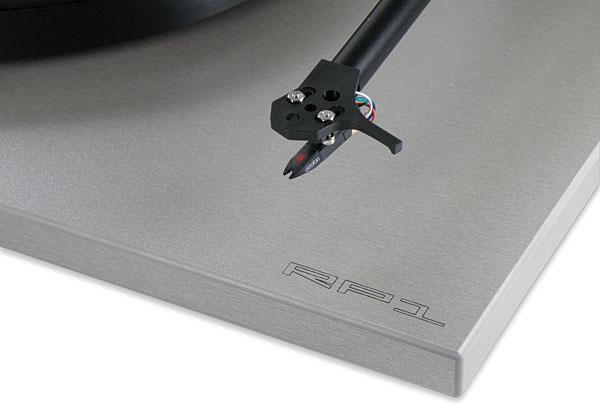| Columns Retired Columns & Blogs |
Art, I totally remember those white tires, and extra "grabby" they were. Not to mention they really tricked out my hot pink 1967 Camaro racer. I had totally forgotten about them. Thanks for the memory. Oh yeah, enjoyed the article, too!






































